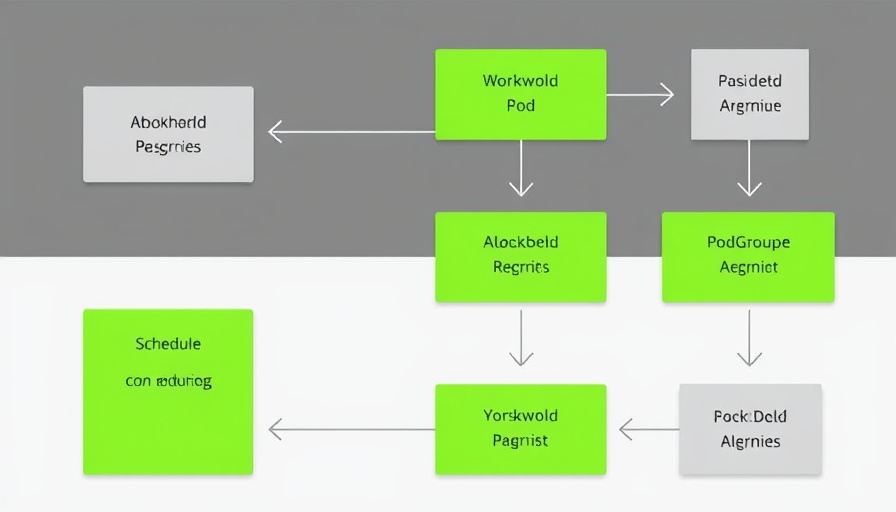
The Alarm Bells Ring for Nvidia: What Goldman Sachs Is Saying
In the world of tech investing, particularly amid the AI boom, few companies have garnered as much attention as Nvidia. However, recent commentary from Goldman Sachs has prompted a reconsideration of the favorable winds previously at Nvidia's back. Strategists from Goldman Sachs have raised concerns about the sustainability of growth among Nvidia and its fellow tech giants, collectively dubbed the 'Magnificent 7.' Their perspectives are a critical reminder to investors: the tech landscape is as tumultuous as it is promising.
Understanding the Shift in Sentiment
The sentiment around tech stocks has dramatically shifted since the buzz around AI peaked earlier this year. Goldman Sachs now suggests the excitement over AI investments may have reached its zenith, with strategists predicting deeper corrections may be on the horizon. In their recent analysis, they noted an alarming trend: "When a stock fails to respond to good news, that’s bad news." This sentiment encapsulates the uncertainty many investors now feel regarding Nvidia's stock, which has dropped as much as 7% recently.
Nvidia's Performance: A Cautionary Tale
Nvidia's journey has been remarkable, with a cumulative return surpassing 24,000% over the past decade. However, following a significant earnings release—a report that initially was seen as positive—the market reaction has been startlingly negative, resulting in a massive market value loss of approximately $320 billion in mere hours. This sharp decline has forced investors and analysts alike to question whether Nvidia's earnings momentum can sustain itself.
Echoes of a Larger Market Trend
Goldman Sachs' concerns extend beyond Nvidia; they reflect broader market conditions affecting the entire tech sector. The shift in capital flow has highlighted diminishing returns relative to risks in U.S. large-cap tech investments. As a response, hedge funds are reevaluating their positions concerning Nvidia and its peers, leading to a swift downturn in stock valuations across the board.
What Lies Ahead for AI Stocks?
Looking forward, the overarching question remains: Can AI stocks like Nvidia reclaim their previous heights? Analysts suggest a potential reckoning as the rush of AI hype begins to temper. The emphasis is now shifting from short-term gains to a longer-term view on profitability—especially as a generational technology shift unfolds. Goldman Sachs estimates that generative AI will start contributing to meaningful sector growth by mid-2025, indicating a window of volatile maneuvers before stability returns.
Unique Considerations for Investors
For AI enthusiasts and investors, understanding these fluctuations is vital. Nvidia’s challenges serve as a reminder of the inherent risks in tech investments. Investors must weigh current market signals against narratives of potential growth. With sentiments shifting so quickly, a prudent view may well suggest a cautious optimism mixed with a readiness to react to unforeseen market movements.
The Emotional Response from the AI Community
For many AI enthusiasts, the market's erratic behavior surrounding companies like Nvidia can feel disheartening. The initial euphoria over AI advancements might seem at odds with the recent sell-off trends. It’s essential to strike a balance between maintaining interest in AI technologies and understanding the ever-shifting landscape they inhabit.
Conclusion: Prepare for the Tech Tides
The recent comments from Goldman Sachs signify more than just a stock prediction; they echo a larger narrative of caution rooted in an evolving tech landscape. It advocates for a diverse portfolio approach among AI enthusiasts and investors alike. Keeping a close watch over the growing trend and preparing for regulatory, competitive, and market dynamics will be crucial. For those deeply invested in AI, now is the time to reassess strategies and remain agile as the field continues to evolve.
 Add Row
Add Row  Add
Add 




 Add Row
Add Row  Add
Add 

Write A Comment